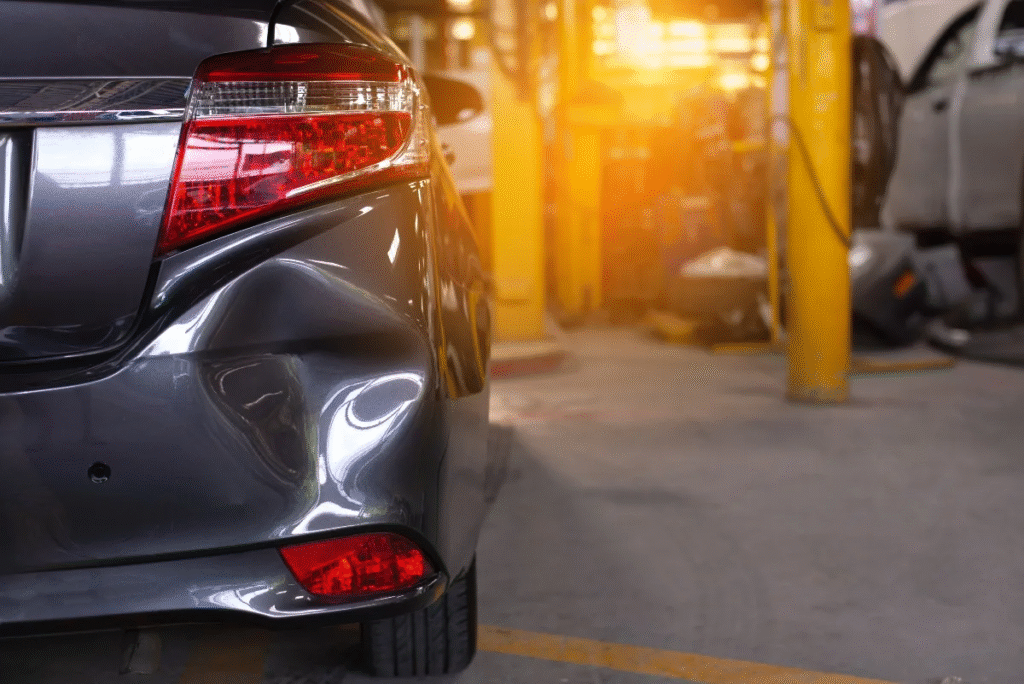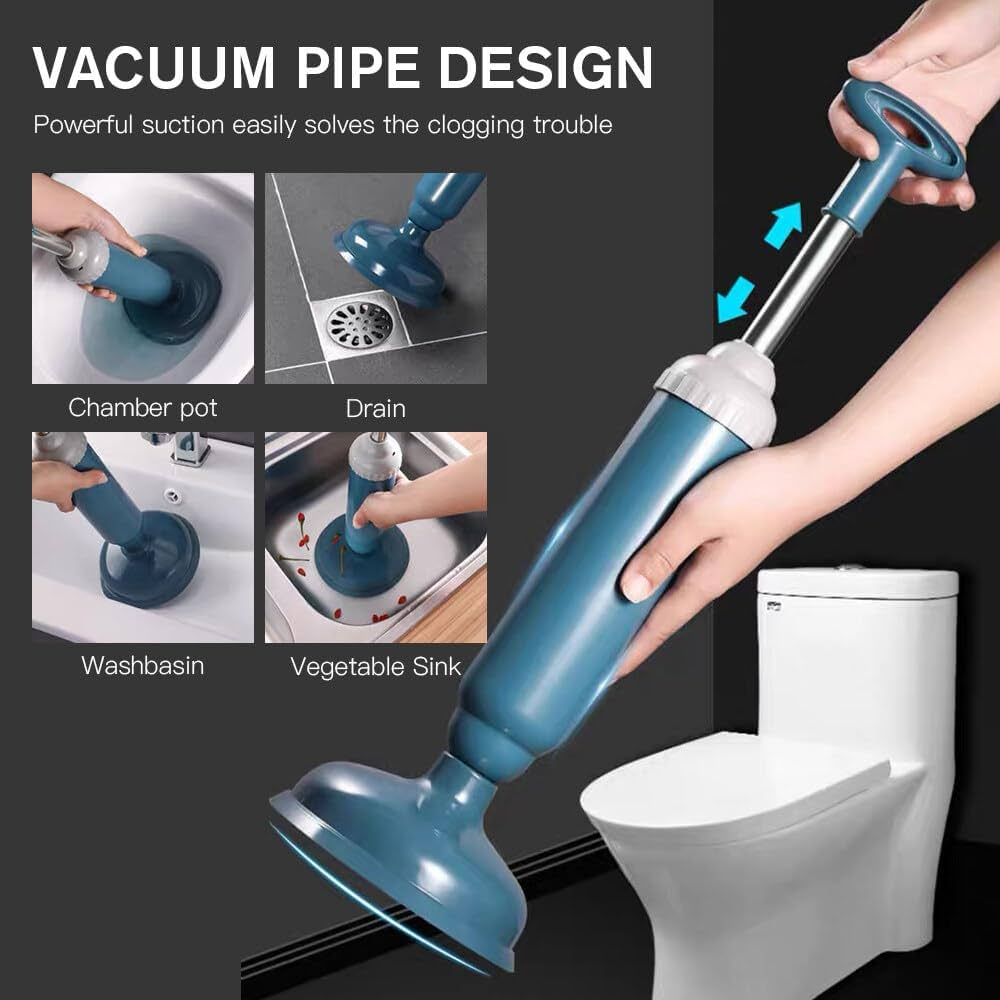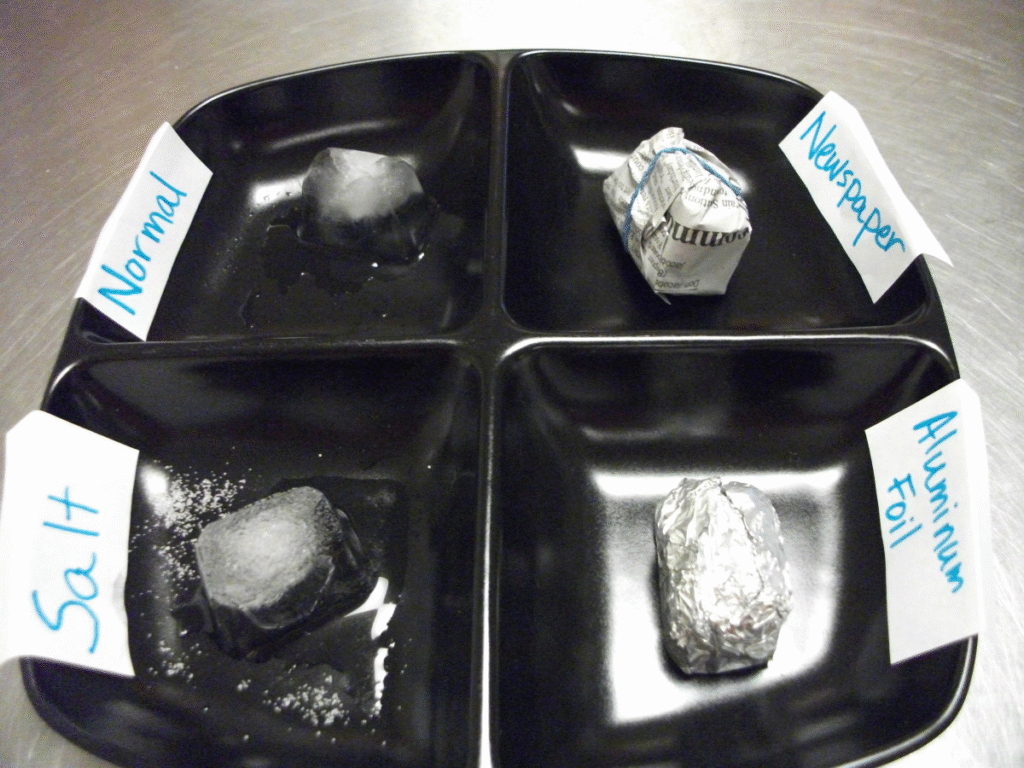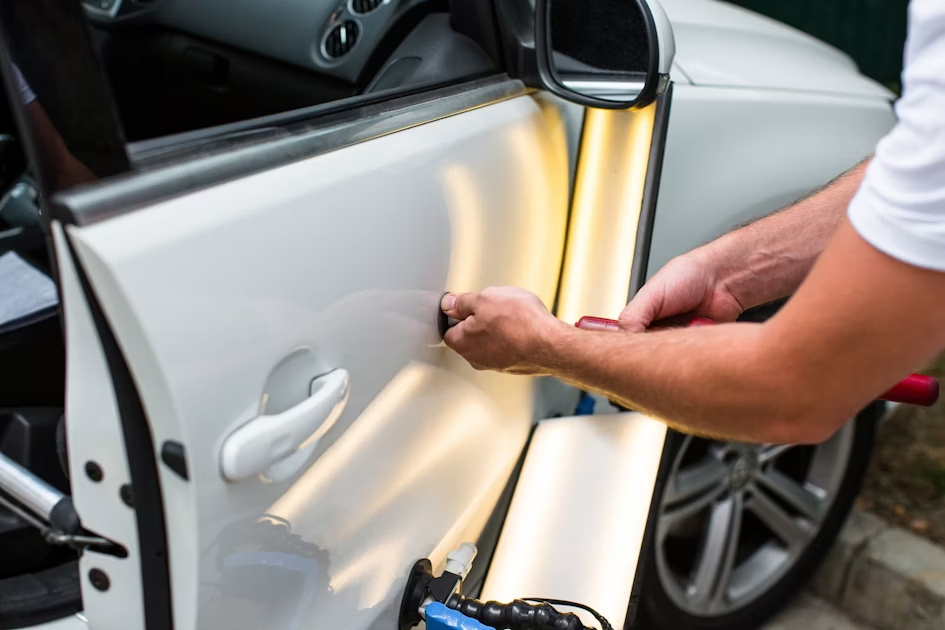Dents on your vehicle’s body are more than an inconvenience. They decrease your vehicle vlue and serve as a reminder of the bump you did in the parking lot or the careless swing of a door. Fortunately, not all dents need body shop repairs. If the minor indentations are shallow and you haven’t chipped the paint, you can typically do this yourself, and often use safe, no-tool mthods.
This guide will lead you through the best options for repairing minor car dents at home without special tools or costly equipment. These methods are unnoticed even by those where the dent occurred. If you’re a novice, and just want to save a few bucks, we can only recommend the safe and cost-effective approach.
What Type of Dents Can Be Fixed at Home?
Before diving into the methods, it’s important to understand which dents you can fix yourself.
Ideal dents for DIY repair:
- Small to medium-sized dents (1–5 inches)
- No paint damage or deep scratches
- Located on flat or slightly curved surfaces
- Caused by soft impact (shopping carts, car doors, sports balls)
Dents that are not ideal for home repair:
- Dents with cracked or chipped paint
- Sharp or creased dents
- Located on body lines or edges
- Rusted or corroded areas
If your dent fits the first category, you’re in luck—let’s get strted with the most popular no-tool methods.
Method 1: Hot Water and Hand Pressure

This is one of the simplest and most widely used DIY techniques for fixing plastic bumper or panel dents.
How it works:
Plastic becomes more flexible when heated. You can pour hot (not biling) water over the dented area to soften it, then push the dent out from behind.
What you need:
- A kettle or pot of hot water
- Protective gloves
- Access to the backside of the dent
Steps:
- Heat water until it’s hot but not boiling.
- Pour the water slowly over the dented area to warm the plastic.
- Wearing gloves, reach behind the panel and apply gentle, even pressure to pop the dent out.
- Pour cold water over the area immediately afterward to help it keep its shape.
Results:
This method works best on flexible parts like bumpers. It may not work as well on metal panels.
Method 2: Hair Dryer and Compressed Air

This technique uses temperature changes to expand and contract the dented surface, encouraging the metal or plastic to return to its original shape.
What you need:
- Hair dryer
- Compressed air can (like the kind used for cleaning keyboards)
Steps:
- Heat the dent using the hair dryer on the highest setting for 30–60 seconds.
- Quickly spray the area with the compressed air, holding the can upside down.
- The sudden cold should cause the material to contract and possibly pop the dent out.
How it works:
This thermal expansion and contraction trick creates just enough movement to release minor dents, especially in plastic and thin metal surfaces.
Tip:
Make sure the surface is clean and dry before starting for best results.
Method 3: The Boiling Water Trick (for Bumpers)

This method is specifically for plastic bumpers that have been dented inward.
What you need:
- Boiling water
- Protective gloves
- Someone to help, if possible
Steps:
- Boil water and pour it directly over the dented area.
- Reach behind the bumper and push out the dent.
- If the area doesn’t return to shape, repeat the process.
- Pour cold water afterward to set the plastic.
Why it works:
Plastic becomes pliable when heated, making it easier to reshape. This works particularly well on newer model cars with plastic bumpers.
Caution:
Boiling water can damage paint if applied too aggressively. Always test on a small spot first.
Method 4: Using Suction from a Plunger

A plunger can sometimes do more than just unclog a drain—it can also pull out shallow dents.
What you need:
- A clean cup-style plunger (not a flange toilet plunger)
- Warm water
Steps:
- Pour warm water on the dent and the plunger to create a better seal.
- Center the plunger over the dent and press it in firmly.
- Pull outward quickly but gently.
- Repeat several times if needed.
Best for:
This method works well on large, shallow dents on doors and fenders where the metal isn’t too stiff.
Tip:
Don’t over-pull, as this could stretch the metal or damage the panel further.
Method 5: Ice Cube and Aluminum Foil Trick

This method is less common but is gaining popularity online for smaller, round dents.
What you need:
- A roll of aluminum foil
- Hair dryer
- Ice cubes
Steps:
- Cover the dent with a layer of aluminum foil.
- Heat the foil-covered area with the hair dryer for about 1 minute.
- Remove the foil and immediately rub the area with an ice cube.
What happens:
The metal rapidly cools after being heated, causing it to contract and, in some cases, pop out the dent.
Effectiveness:
It’s hit or miss but worth trying for smaller dents, especially if other methods didn’t work.
Preventing Future Dents
While not all dents are avoidable, there are a few habits you can adopt to reduce your chances of getting them:
- Park away from crowded areas in parking lots
- Avoid parking near shopping cart return zones
- Be mindful of opening doors in tight spaces
- Install rubber door guards or edge protectors
- Cover your car if it’s parked outside in high-wind or hail-prone areas
When to Skip DIY and Call a Pro
Not all dents can be repaired at home. If your dent:
- Has damaged paint or exposed metal
- Is located on a crease or corner
- Involves internal components (like sensors behind bumpers)
- Doesn’t respond to any of the above methods
In this case, it is better to see a professional dent repair technician. Paintless dent repair (PDR) is a preferred method by professionals, because you don’t have to repaint the area, and can typically be completed in an hour or less.
Final Thoughts
It is totally possible for you to repair small dents in your car at home—especially if the damage is only cosmetic, and the paint is not damaged. Just about anything from hot water, a hair dryer, or a plunger (without needing to purchase any tools) can remove the dents easily and make your car visually appealing again without having to break your wallet.
It is satisfying to watch a dent vanish, with little patience and creativity. Good luck, and not only will you save the cost of repairing, you will build confidence in doing minor car repairs yourself.




